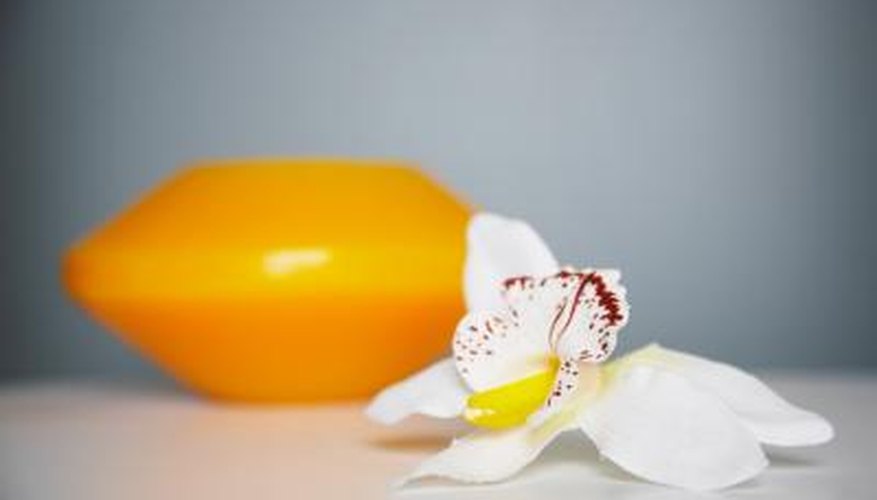Candles can be coloured using pigment or dyes, but to naturally colour candles you want to choose natural items like turmeric, which has been used traditionally for golden colours. To make using natural dyes easy, place the plant or dying material in cheese cloth or coffee filter sachets to form something like a tea bag for the dye. By doing this, you do not have to fish out any dye material from the hot wax once your wax has achieved the desired colour.
Spices
Adding spices to the hot wax will not only produce different colours but will also create aromatherapy candles. In this instance, the spice will act more like a pigment than a dye, specifically if you use ground spices in the form of powders. Turmeric and sassafras create orange colours, saffron produces blue and purple colours and saffron will produce yellow colours.
Herbs
While many dyes are produced synthetically, they were originally made using herbs. The herbs are heated in oil to extract the colour or can be added to the hot wax, though you will need to strain the plant parts out before dipping the candles. Herbs that can be used as dyes include wild celery for a light yellow colour, sunflower seeds for deep purple, ground lichen for orange, elder for blue colours, and dandelions and St. Johns Wort for red colours.
Flowers
Many flower petals contain natural dyes. These items can be added to wax to produce different textures as well as functioning as a dye. Coneflower and goldenrod produce brown colours, roses and lavender pink colours, dried hibiscus flowers produce a red colour, cornflower and hyacinth blue colours, safflowers and day lilies produce reddish purple colours, Virginia creepers produce peach colours, and foxglove and snapdragons create green colours.
Fruits and Vegetables
Mashed fruit can also be used to create colour in candles. Think of how blackberries stain your fingers when eating; these berries contain natural dyes. Artichokes can be used for green colour and huckleberries produce reddish purple colours. Blackberries, blueberries and elderberries produce blue and purple shades. Cherries, raspberries and strawberries are used for pink colours, while onion skins create orange colours and beetroot makes dark brown colours.
- Mashed fruit can also be used to create colour in candles.
- Artichokes can be used for green colour and huckleberries produce reddish purple colours.
